All images courtesy of Porsche Newsroom
It would not be surprising if you haven’t heard of the Mission R Program. As companies under the umbrella of the VW Group are all headed towards electric vehicles and those powered by sustainable fuels, the big sports car companies, Audi and Porsche, have both been tasked with developing the future of racing. For Audi, this task started in 2015 with the FIA Formula E championship, where they provided many of the motors that many teams used.
For Porsche, however, it was slightly different. Instead of focusing on what racing series there are right now in the world, they were tasked with thinking about what the future of racing will look like, drive like, sound like, and basically be like. This was the genesis of the Mission R program.
A Quick Refresher: What Is Mission R?
The challenge issued was that a new, all electric racing car prototype was to be developed that would be able to drop, at a moment’s notice, into GT3 and Cup Car competition. The car had to be able to last at least a full sprint race (60 minutes in GT3), and produce equivalent or better power than the current Porsche 911 GT3 R, meaning it needed to beat 550 HP.
Well, it’s fair to say they succeeded when the Mission R prototype hit the test track in 2021 with an 82 kWh battery pack, two motors, and a 900 Volt fast charge architecture that will allow for the car to be charged from 5% to over 80% in just 15 minutes. In full qualifying mode, with both motors at peak output, the car generates 1,073 HP. In race mode, aka long-run or endurance mode, the motors combine to provide 670 HP.
It is also a rapid little bugger, as it will scamper to 60 MPH in a hair under 2.5 seconds, and will keep going until 186 MPH. Using the suspension, wheels, and tires from the current 911 RSR GTE race car, the Mission R is capable of holding its own against a GT3 R, and will annihilate it if dialed up to full qualifying power.
In a departure from what every other manufacturer of high performance EVs is doing, the body of the car is not made of carbon fiber. As the GT3 and Cup Car racing can sometimes be considered a contact sport, the car instead is made primarily out of natural fiber reinforced plastic (NFRP). While the word “plastic” might raise a few eyebrows with the whole idea of the car being net-zero carbon, it is recycled plastic that is used, as well as being mixed with the fibers to create a strong, resilient composite.
If you were looking at the pictures and thinking “That car looks rather small,” you’re right. The Mission R prototype is just 1,190 mm high, 4,326 mm long, and 1,990 mm wide. In essence, the entire car fits inside the silhouette of a 718 Cayman, and weighs about half as much. However, the GT3 category was not all that Mission R was meant for, and the GT4 prototype has emerged from within the Porsche secretive future racing program.
Porsche 718 Cayman GT4 ePerformance: What It Is & Why Now, When There Are No Races For It?
In the simplest terms, the 2022 Porsche 718 Cayman GT4 ePerformance is the next step of Mission R. While the GT3 car proved that it was viable to have a high performance racing electric GT car, the GT4 ePerformance is the first prototype with the aim of actually being able to have its own category of Cup racing, as the sprints in those are 30 minutes long.
To make the GT4 ePerformance, the chassis of the current, reliable, proven GT4 Clubsport is used, with two axle motors providing motivating force and the battery stack using the void left behind by removing the engine to approximate the weight balance. These dual motors, much like the Mission R, can be dialed up to nearly 1,100 HP for qualifying, but will run a constant 650 to 670 HP in race spec, and last 40 minutes doing so.
One of the things that the ePerformance has over the Mission R, which was one of the big teething pains of that prototype, is that its motors do not overheat. For the GT4, the motors are directly cooled by oil, which circulates to a primary radiator and is cooled by the airflow directed to the front wheel wells and up through the hood scoop. This has two major benefits, in that it both keeps the motors from burning out, but also prevents them from “derating,” or what happens when electronics get very hot and need to throttle back their power draw to cool off, which in a race car means a subsequent and sizeable loss of output power.
Unlike its cousin GT4 Clubsport, the body of the ePerformance is an entirely new design, using the NFRP material from the Mission R program to create a streamlined, smooth body to maximize speed. In fact, the only holes that show through on the body are the front air ducts, the doors, and that’s it. Much like how current road going EVs like the Porsche Taycan are designed, it’s meant to cut through the air, not barge it out of the way.
So, why build a car for a series that doesn’t exist? The simple answer to that is that Porsche is putting in the leg work now so that when the GT styles of racing inevitably turn to electric vehicles, they will have the advantage.
There is also, according to Director of GT Racing Matthias Scholz, the possibility of a “one-make cup with electric racing cars that would be an important addition to our existing customer racing programme.” To decode the PR speak, it’s mostly Porsche saying that if the series doesn’t exist, they’ll simply make one using current Sprint Cup rules and regulations.
Chris Harris Drives The GT4 ePerformance: What We Can Learn From This Video
For the first half of the video, Chris Harris, one of the hosts of Top Gear UK and all-around automotive journalist and race driver, takes the GT4 ePerformance around Valencia in race mode. Immediately, the first thing he outright comments on is how fast the car is, due in large part to it being electric and all-wheel-drive. With a combustion engine, there is a certain level of blending on the throttle as you exit a corner, but with the ePerformance, it just hooks up and catapults you out of a corner towards the next.
The other major thing that Chris talks about in the first three minutes of the video is that the car feels like a Porsche Cup Car, or as he puts it, “A conventional Porsche racing car.” If you take a moment to think about that, that is high praise. The Porsche 911 Cup, 911 GT3R, and 911 RSR GTE are all conventional race cars from Stuttgart, and Chris has driven laps in anger in all three, so him saying that the GT4 ePerformance slots in with them is stellar.
He also mentions, after pulling back into the pits to switch the car over to “party mode,” aka qualifying spec, that he thinks when Porsche calls something a concept car, they’ve already worked out 99% of the issues to make that concept and it is, in all but fact, a finished race car. Matthias Scholz is there to talk about the car with Chris, and when he mentions that to the GT boss, you can see a small wry smile on the German’s face.
One of the things that impresses about the car from the video is the underbody downforce. Chris immediately felt it and commented on it during his drive, and explains while the car quick-charges (with the rear left brake light now a handy charge gauge) that because there isn’t a whacking great engine in the way anymore, Porsche has put proper levels of ground effects and diffusers under the car. Matthias mentions that the downforce they can produce from just the underfloor and minimal over-body aerodynamics approaches that of the mighty 911 RSR.
Another mention is given to the fact that the batteries and motors of the car are on a continuously circulating oil cooling loop. Air cooling wasn’t effective, and water cooling wasn’t pulling enough heat out of the electronics to make the car reliable, so Porsche is using 30 liters of oil, equivalent to about half a tank of race fuel in a 911 Cup car, to wick away heat. This oil is passed through what they are calling the “thunder cooler” that sits between the main front air intake and the hood extraction vent, and the car, even in party mode, keeps all the electronics at 65 C (149 F) or less.
Of course, moments later, Chris is back out on the track, but this time in Drive Mode 9, instead of Drive Mode 3, and the moment he puts his foot down, he starts cursing because the world suddenly goes into hyperspace. Whereas in the earlier portion of the video where he had about 600 HP, with the 950+ he has in party mode, he manages to accelerate so hard and so fast down the front straight that he hits the limiter, which tops out at 269 KPH (167 MPH). For those that do not know the layout of Valencia, that front straight is just shy of 850 meters, or 2,788 feet long.
Probably the most impressive shot of the whole video comes at 15 minutes and 20 seconds, when you get to see the GT4 ePerformance rip by the camera and you can see just how fast it is going down the front straight. The word rip is appropriate there, as there is no roar of an engine, just the sound of air being smoothly but violently moved aside just enough that there is a Cayman shaped hole for the car to pass through.
As Chris mentions just before after that shot, Porsche does not tend to do things in a race car that does not end up in a road car. As the GT4 ePerformance is using modified Taycan motors, that connection is already there, and since the engineers at Stuttgart already want to make the next Boxster and Cayman variants fully electric, there is great potential there. Just imagine that for a second… a Cayman, the mid-range offering by Porsche, with 600 HP, enough torque to rip up pavement at 0 RPM, and a race proven cooling solution.
All of a sudden, things are looking quite nice in the world of performance electric vehicles!


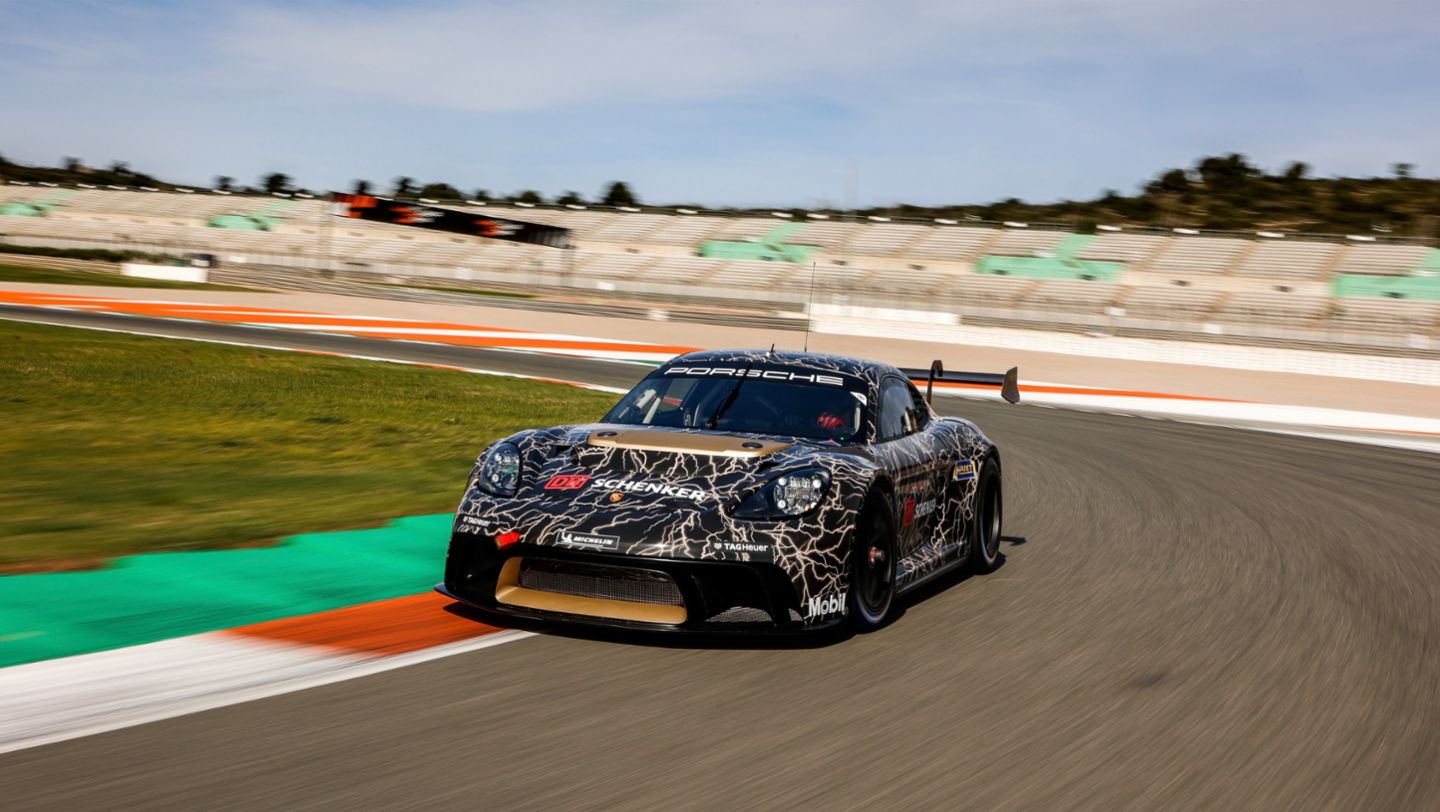




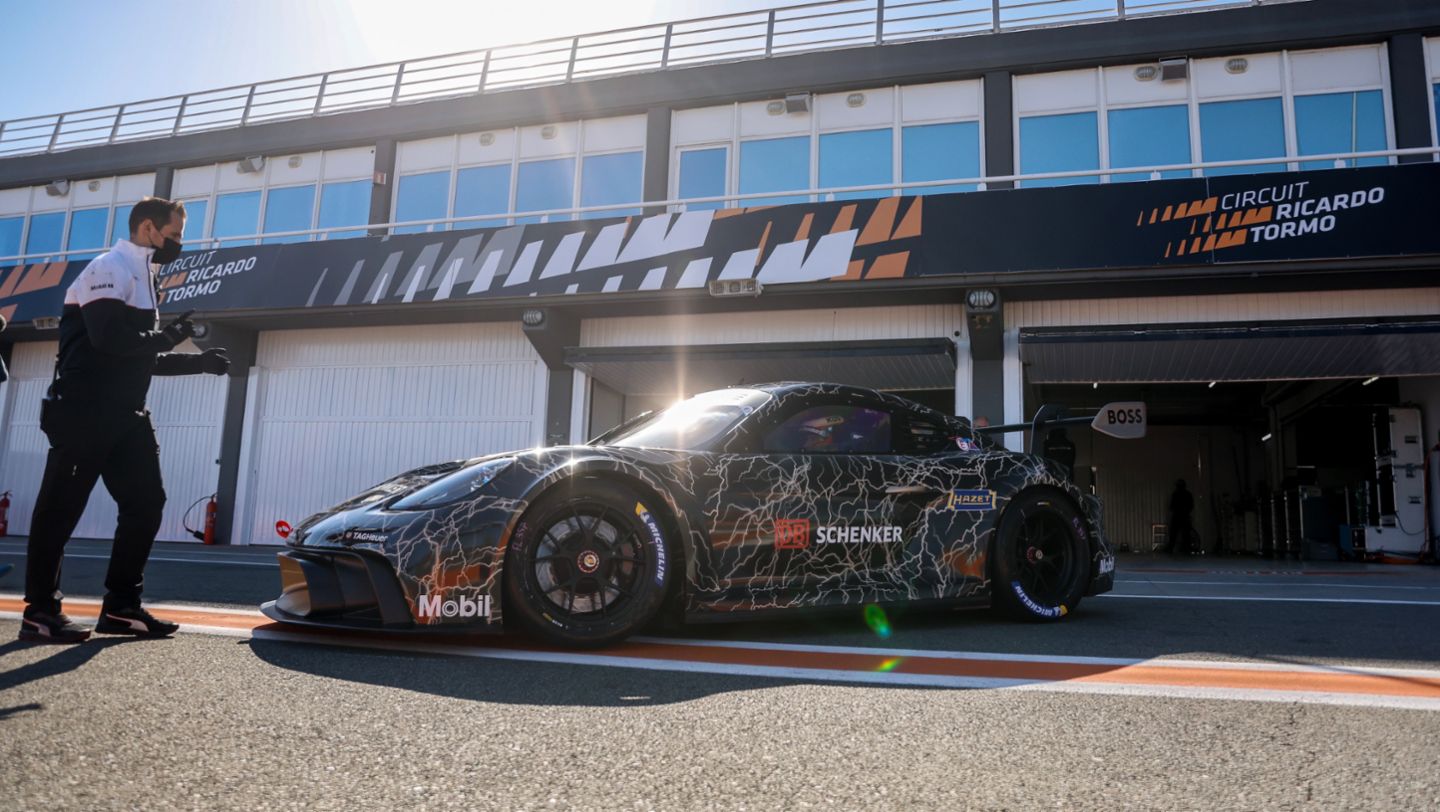
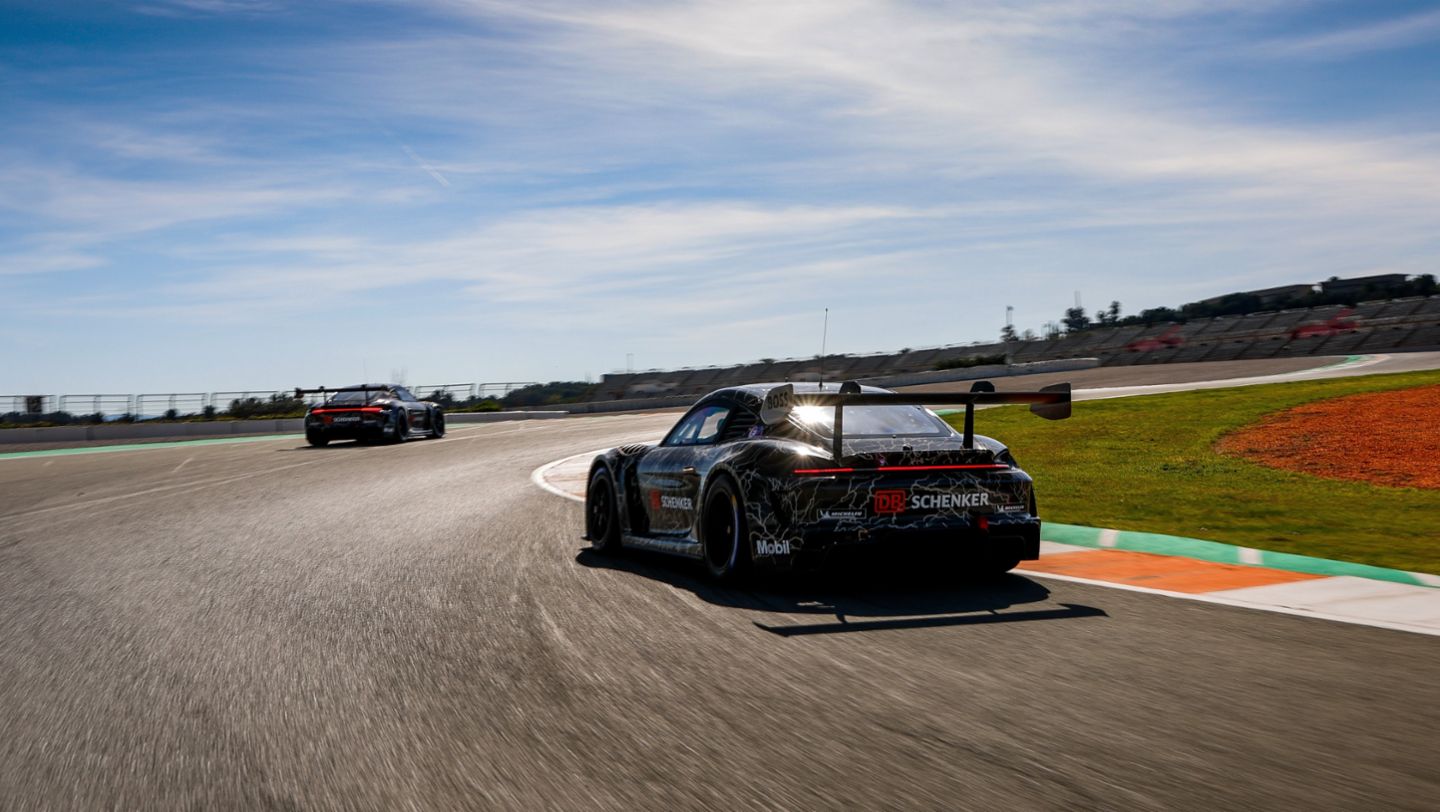


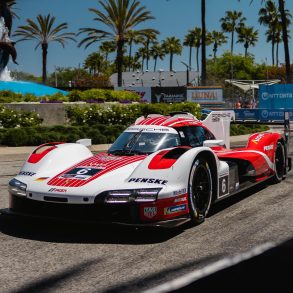
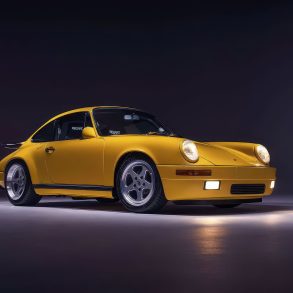
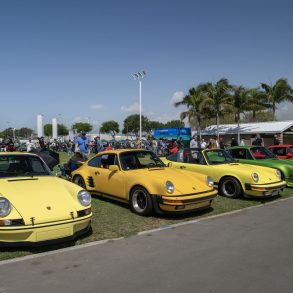
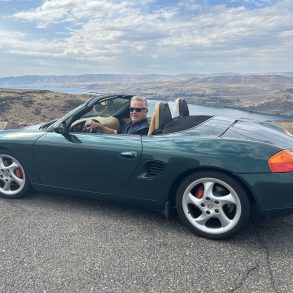

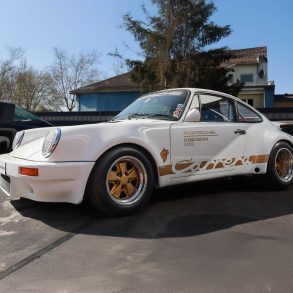
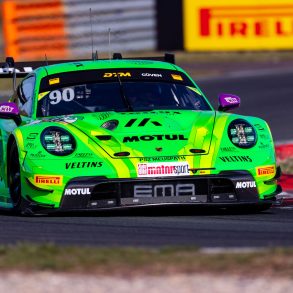
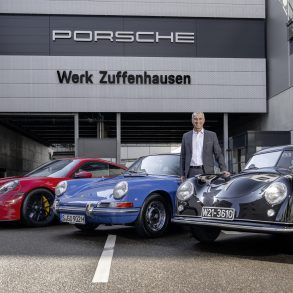

Would love to drive and own the new road version of the GT4 ePerformance!
Great job Porsche
0
First they killed the hydraulic steering, then increased the wheelbases and overall dimensions of their cars, then they started using digital displays and touch screens and now developing electric cars. On top of that, they’re using popular reviewers to promote their useless concepts, I mean how low can they stoop? Such a sorry state of affairs. Porsche lost its identity the moment VW Group got the controlling rights. It used to be a purist brand manufacturing sports cars and now all they make is luxury tourers which cost double the price of their competition. Such a shame a great brand like Porsche had to go down like that because of another stupid budget brand acquiring the voting rights. That’s what happens when a family owned business run with passion is acquired by a profit hungry unethical brand. Sh*t happens and these days it’s happening at a faster rate. I’d rather switch over to another manufacturer now like most of my friends have.
0